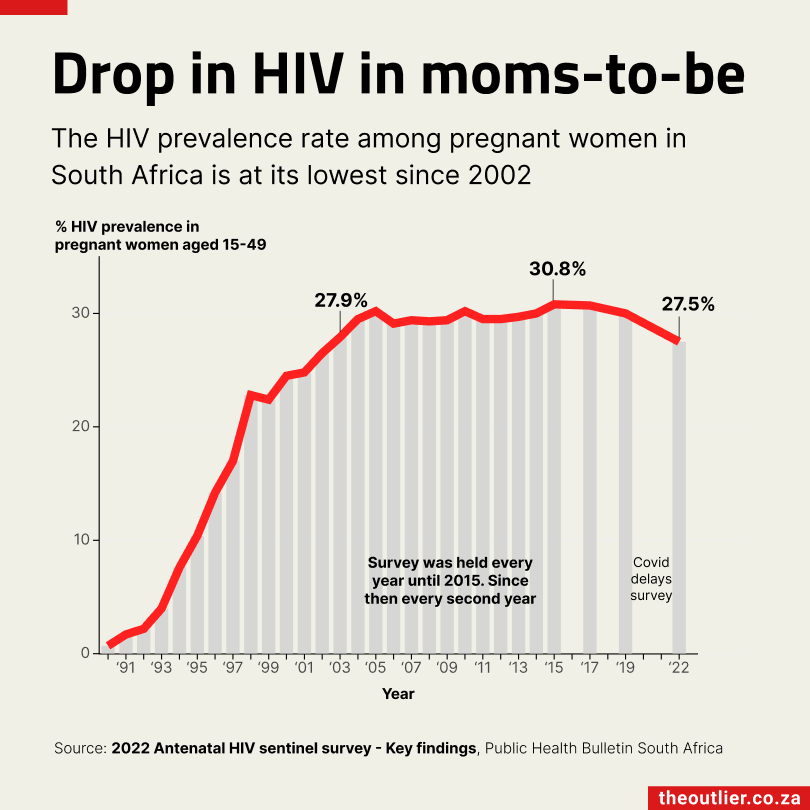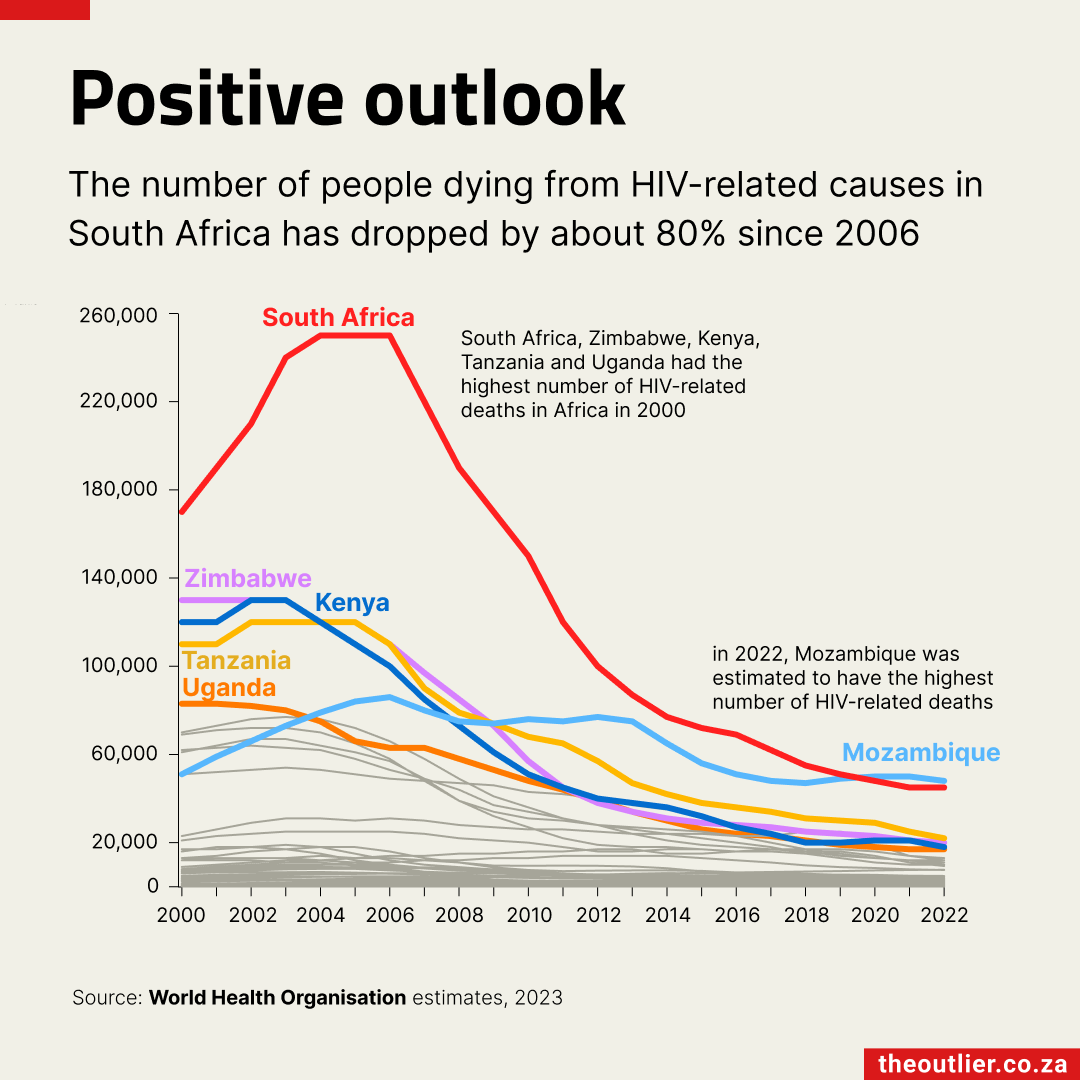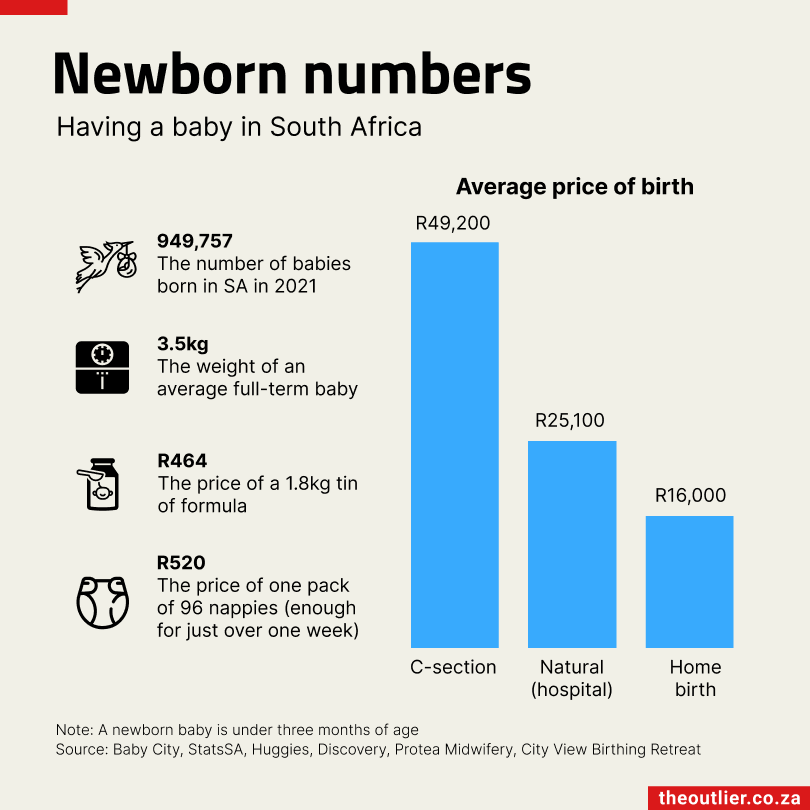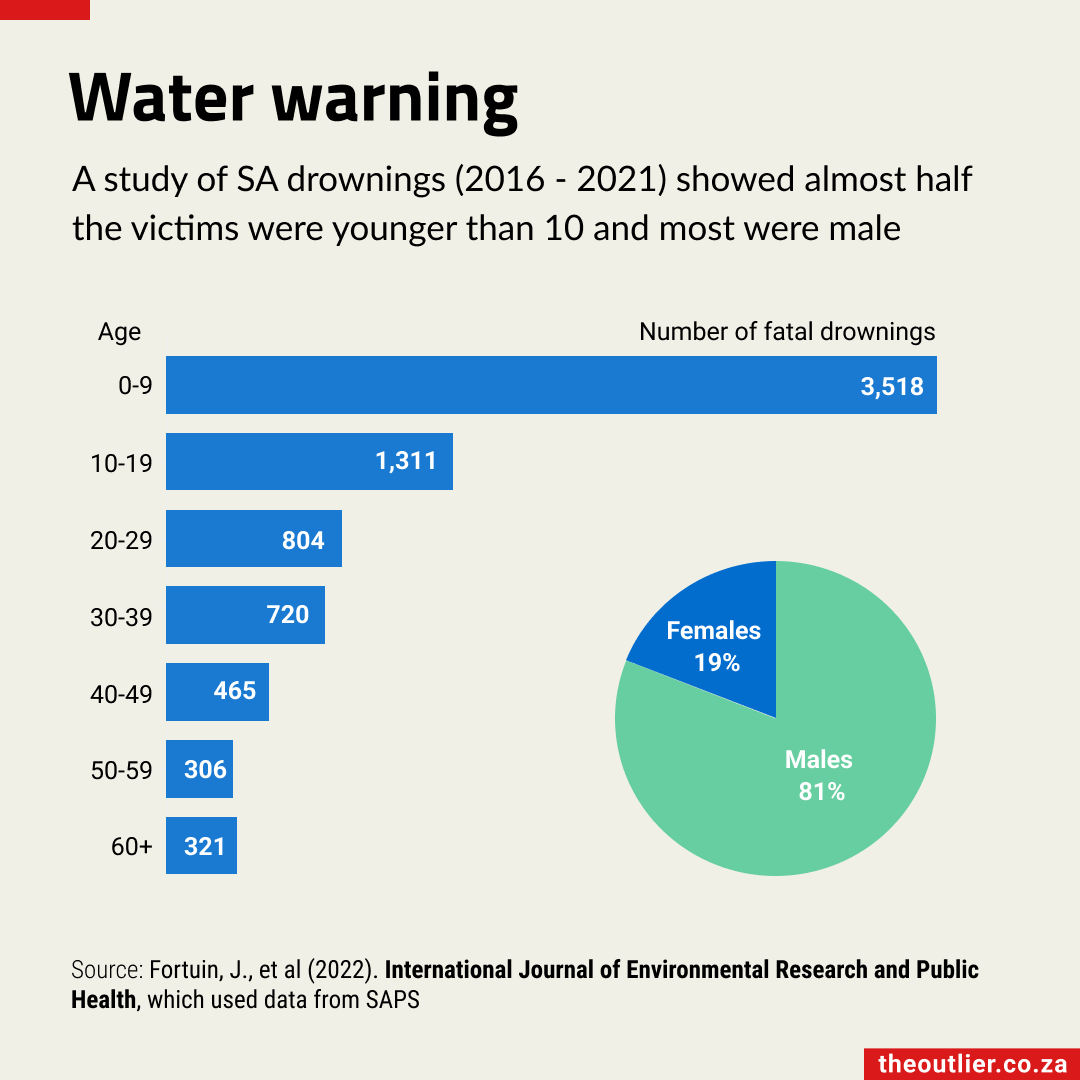SA medical negligence claims top R536bn in seven years
53% of all legal claims paid out in 2020/21 were in the Eastern Cape.
Image via Pexels
Traditionally hospitals and clinics are seen as places for curing ailments, fixing bones and bringing new life into the world, but medical negligence claims against provincial health departments have been increasing rapidly.
In the 2020/21 financial year, medical claims topped R120-billion, a 320% increase on the R28-billion worth of claims lodged in 2014/15.
In the seven year period between 2014 and 2021 medical negligence claims have amounted to over R536-billion. However, only R9.7-billion worth of claims have been paid out to date. That is just 1.8% of the total amount claimed.

The significant increases in these claims may signal two things, the deteriorating levels of care at public health facilities or that the sector has become a soft target for claims made by patients who are assisted by law firms, the National Treasury wrote in its Provincial Budgets and Expenditure Review (2015/16 – 2022/23).
Other reasons for the upsurge in these types of lawsuits include the department’s poor record keeping and people’s awareness of their rights through increased advertising of medical malpractice or litigation services.
Claims payouts have also been increasing significantly. In 2020/21 R1.7-billion was paid out to claimants, a 249% increase on the amount paid out in 2014/15.
Since 2018/19 the Eastern Cape Department of Health has been paying out the highest amount of claims.
Settling last year’s claims cost the department R920-million, or a 3.5% chunk of its R26-billion annual budget for 2020/21.

The Eastern Cape is one of the poorest provinces and, although the Western Cape has a similar population size, it has four times the number of medical personnel, such as surgeons, obstetrician/gynaecologists and anaesthesiologists per 100,000 of the population, according to a 2021 research paper.
In fact, the Western Cape is the only province that met the minimum threshold for safe surgery of 22.8 surgeons per 100,000 population. As a whole, South Africa did not reach the recommended minimum specialist workforce density of 20 per 100,000 needed “to provide adequate essential and emergency surgical care”.

In an email interview, Dr Brenda Kubheka managing director of Health IQ Consulting, a clinical risk, ethics and healthcare leadership firm, told The Outlier that cerebral palsy-type claims are about half of all medico-legal claims in South Africa, which means obstetrics and maternal services account for most of the claims, in both public and private health facilities. Cerebral palsy can occur when a baby’s brain is damaged either in the womb or soon after birth, by either an infection or a lack of blood and oxygen supply to the brain.
Claims for retinopathy of prematurity are also quite common, said Advocate Ronel van Zyl, a senior state law adviser at the South African Law Reform Commission. This occurs when premature babies develop eye problems, sometimes due to high oxygen levels.
Van Zyl said she has read through court reports concerning patients who had limbs amputated after developing gangrene, burn wounds caused by a baby being left too close to a heater and even a patient who was given formaldehyde instead of water.
In 2021, 6,910 severe adverse events (SAEs) were recorded in Gauteng according to a response to a question in the Gauteng Provincial Legislature. These are incidents that resulted in harm to a patient related to medical management, rather than disease complications or underlying disease, according to the National Guideline for Patient Safety Incident Reporting and Learning in the Health Sector of South Africa.
SAEs are grouped into four categories, known as severity assessment codes (SACs). A SAC1 incident is one where serious harm or death occurred, SAC2 incidents were those that caused moderate harm, SAC3 incidents caused minor harm and SAC4 is for near-miss incidents that resulted in no harm.
A third of the serious adverse events reported in Gauteng were serious SAC1 incidents and out of the SAC1 category, 1,954 (77%) of the incidents resulted in deaths.

Attempts at contacting the Eastern Cape Department of Health for comment were unsuccessful.






